May 5, 2006
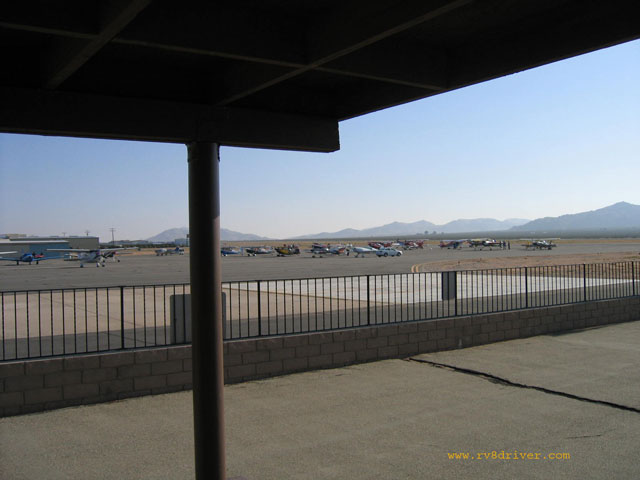
This is my 1st aerobatic competition, it was located at Apple Valley. This shot is from the FBO out to the numerous aerobatic airplanes. These airplanes are real airplanes compared to spam cans.
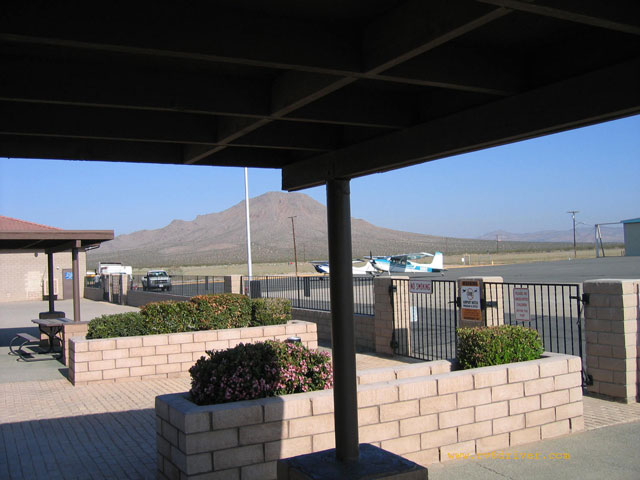
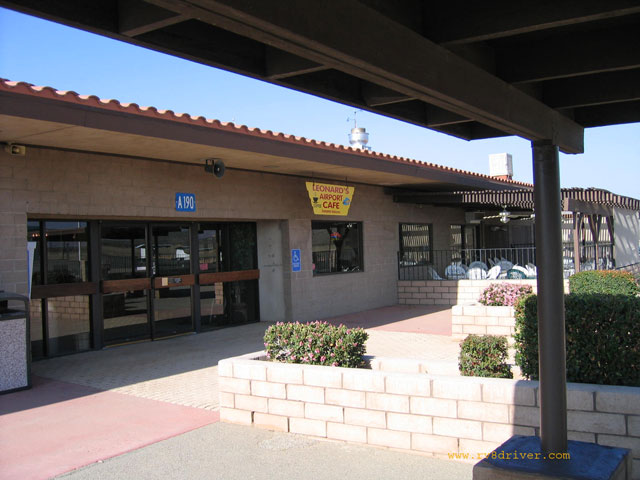
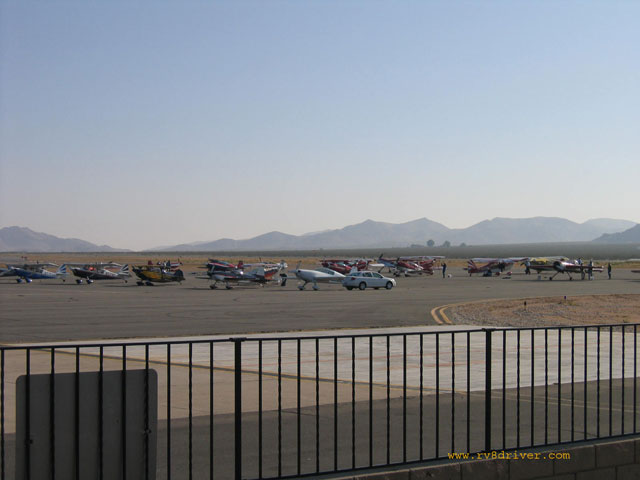

Here's the plane I compete in. The owner, Dave Watson, is so cool because he lets me fly it and also acts as my safety pilot. Safety pilot means that he sits in the back seat while I fly but can't say anything while I am doing my figures but will take control if I screw something up. I am flying primary which is the 1st level: there are 5 levels of competition, primary, sportsman, intermediate, advanced, and unlimited. In primary I am required to fly 5 figures. They are spin, loop, half cuban, slow roll, and a 90 degree competition turn. They are supposed to be performed within the aerobatic box however, boundary infractions (going outside the box) do not get deducted. The box is an imaginary cube in the sky, on the ground there are big white markers that identify the corners/ sides and center of the box, the top and bottom are determined by altitude. The side are the same for all levels at 3000' x 3000' it looks like a postage stamp from 4000' agl. At 120 mph you will fly through it in 15 seconds which is actually a long time but can go fast if you don't recognize your exact location or get jumbled. During the routine each figure has to have a line drawn between, I count 2 seconds at straight and level, so that eats up some room which means you have to be pretty on it as to where you start your figure. As for the top and bottom of the aerobatic box, they are determined by altitude, for primary the bottom of the box (hard deck) is 1500' agl (above ground level) and the top of the box is 3500' agl. As the levels go up the bottom of the box goes lower. In primary I start higher than 3500', I go to 4000' because I'm not deducted for it however, if I go below 1500' I will get zeros for all my figures.
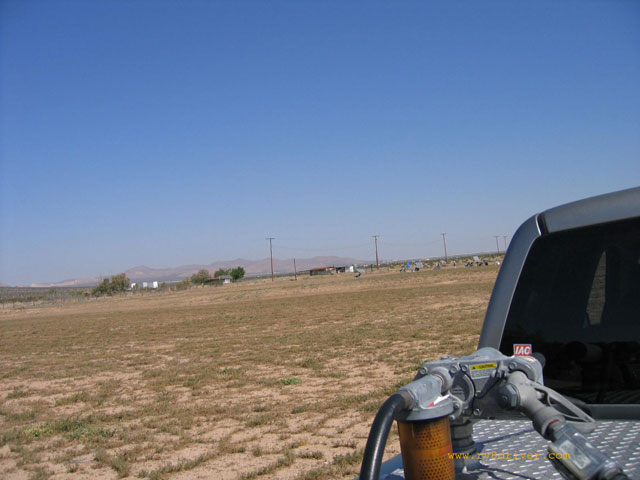
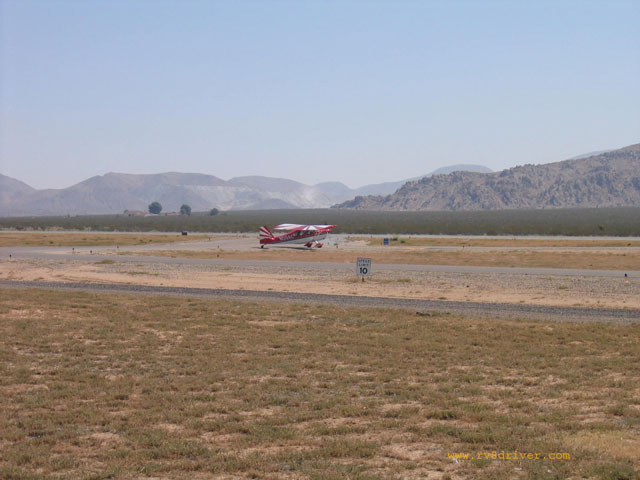
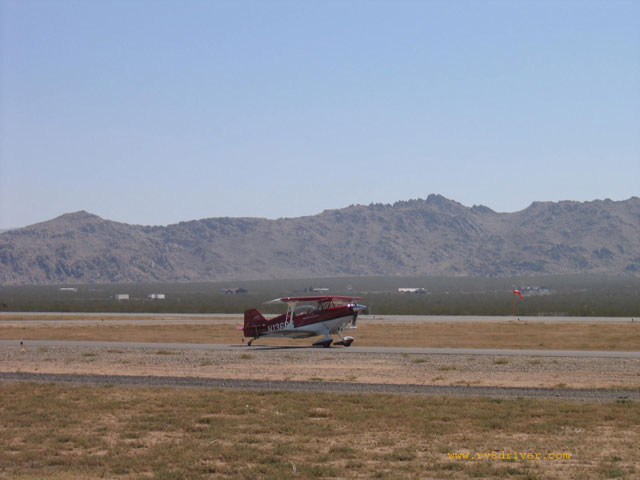
Cory Lovell's Pitts S-2C
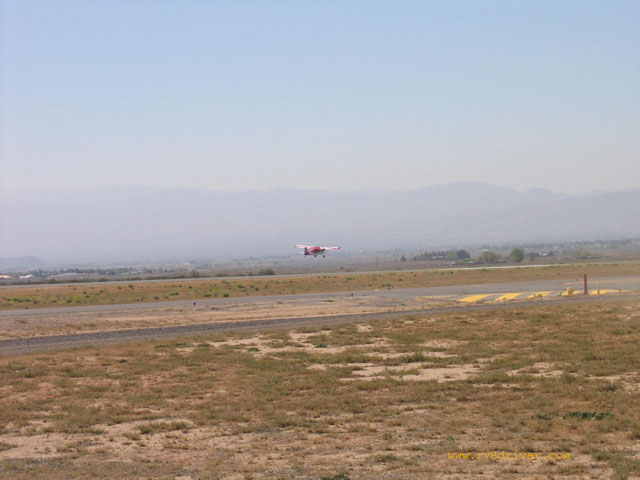
There is the plane I fly. I think that is Sal taking off.
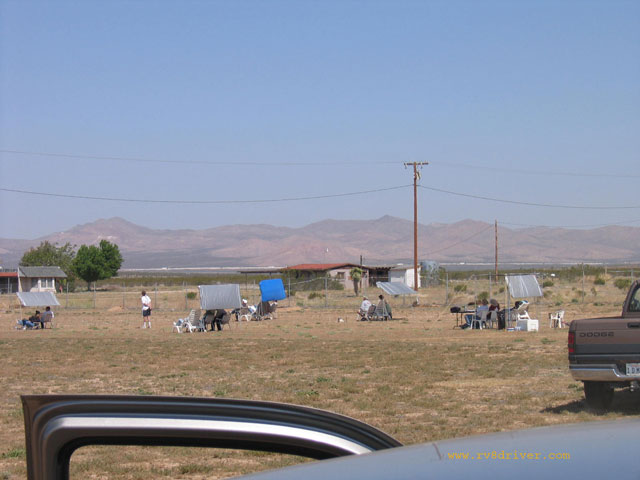
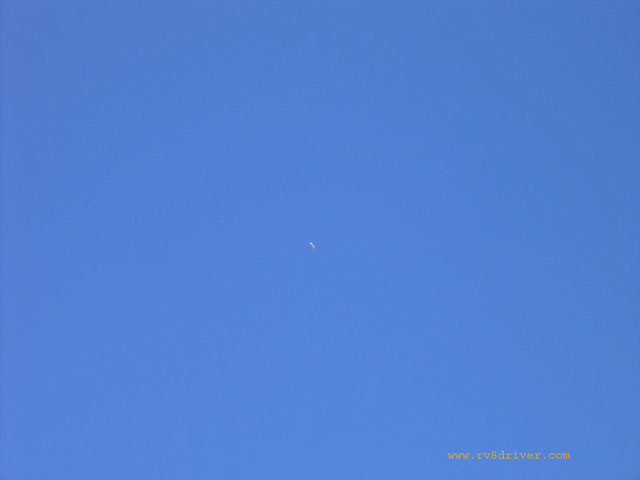
This is dumb but I thought I would try.
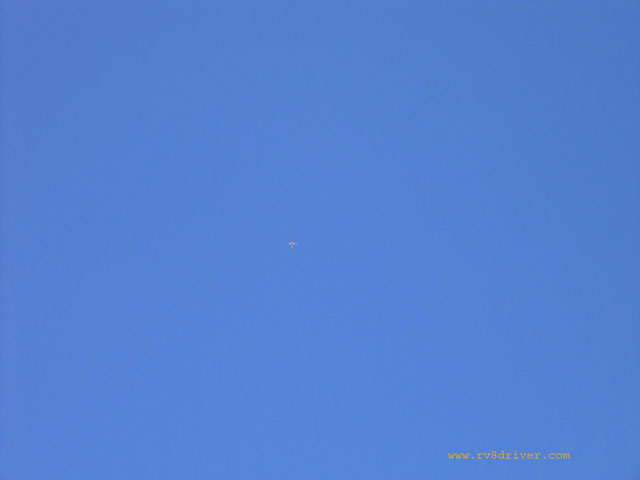
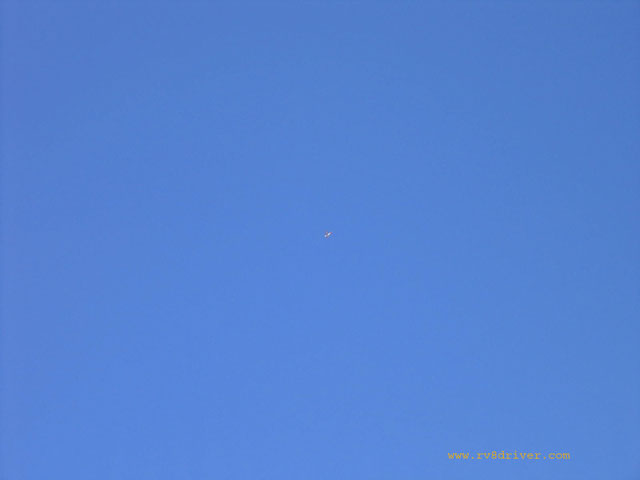
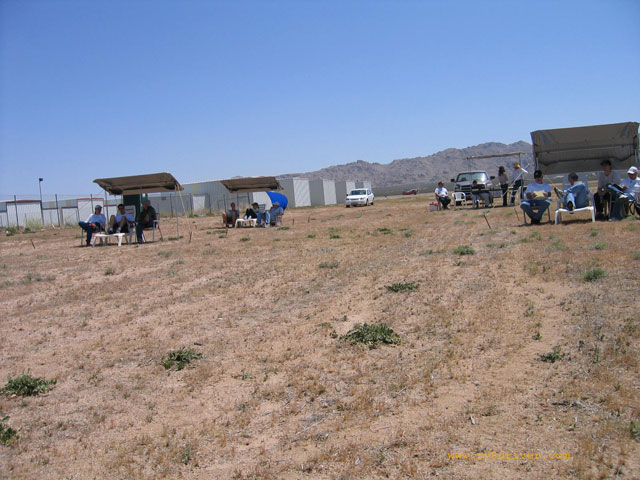
This is where the judges sit. There is a lot of activity each pilot has to do that does not include flying. It turns out, these aerobatic contest are more work than flying. When pilots are not flying they are doing a number of volunteer activities like judging, assitant judging, recording, running, boundary judging, or acting as chief judge. These chores start at 7am with a pilot briefing and go all the way to dark, I would say all in all, each pilot logs about 18 hrs. of non flying activity/volunteer time. Each pilot averages about .4 hr. for each flight, each contest consists of 3 competition flights and 1 practice flight, therefore everyone averages 1.6 hrs. of actual flying time. That's a 1:11 flying/ work ratio. I have come to realize these thing are more about pilots getting together than anything else.
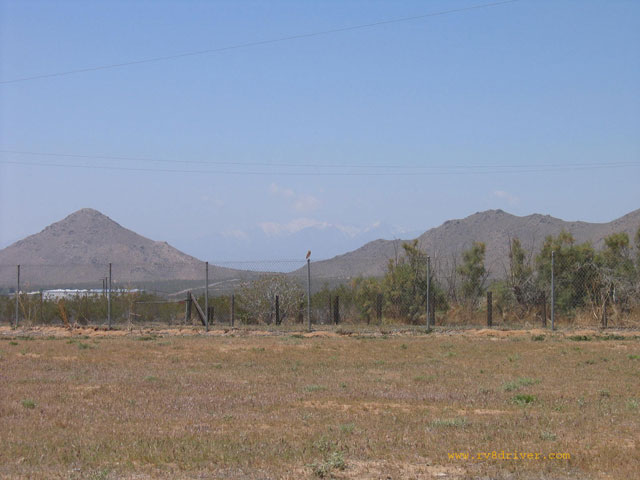
Oh and there is down time, I took this shot of a bird pirched on a fence post while waiting for a competitor to enter the aerobatic box, my duty was recorder which means I was writing down everything the judge was saying, basically recording the score for each figure the competor was performing and sometimes adding a comment.